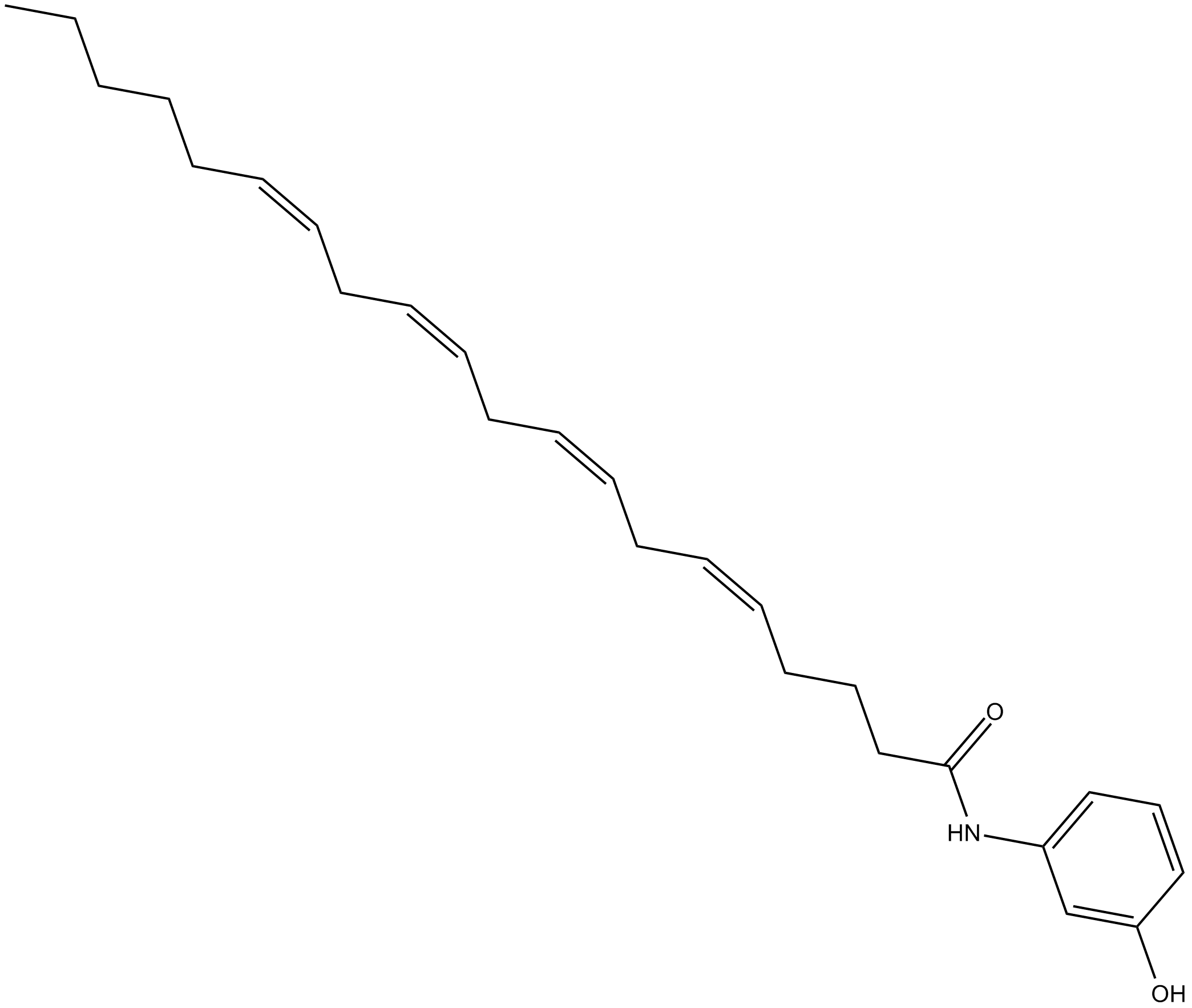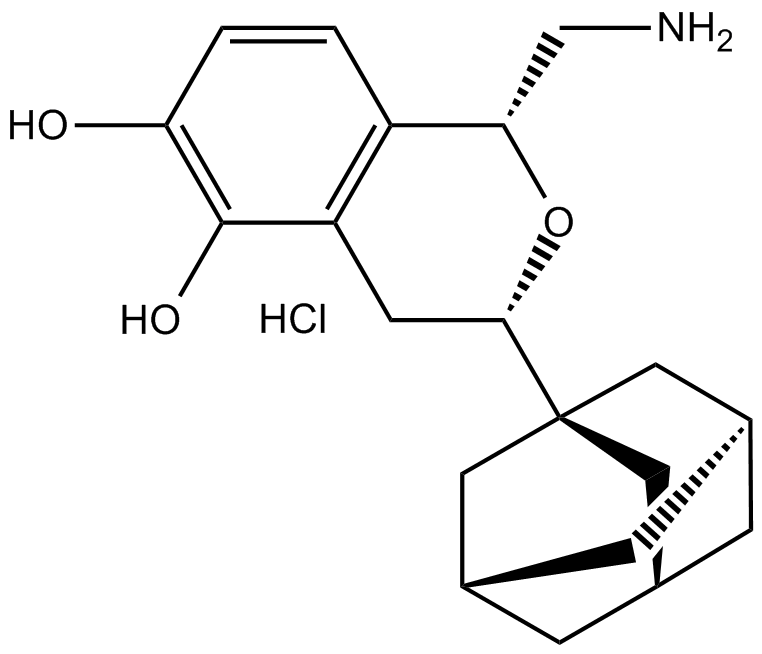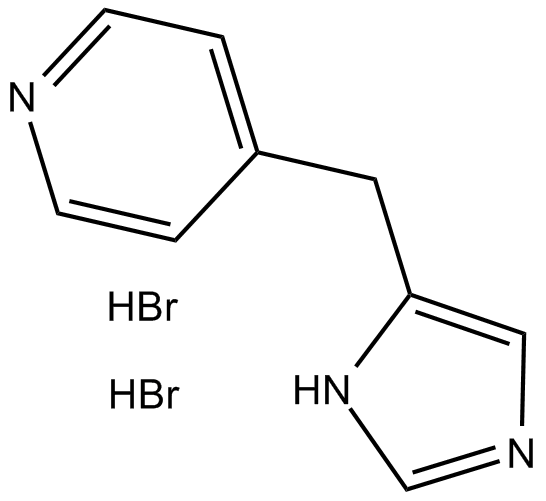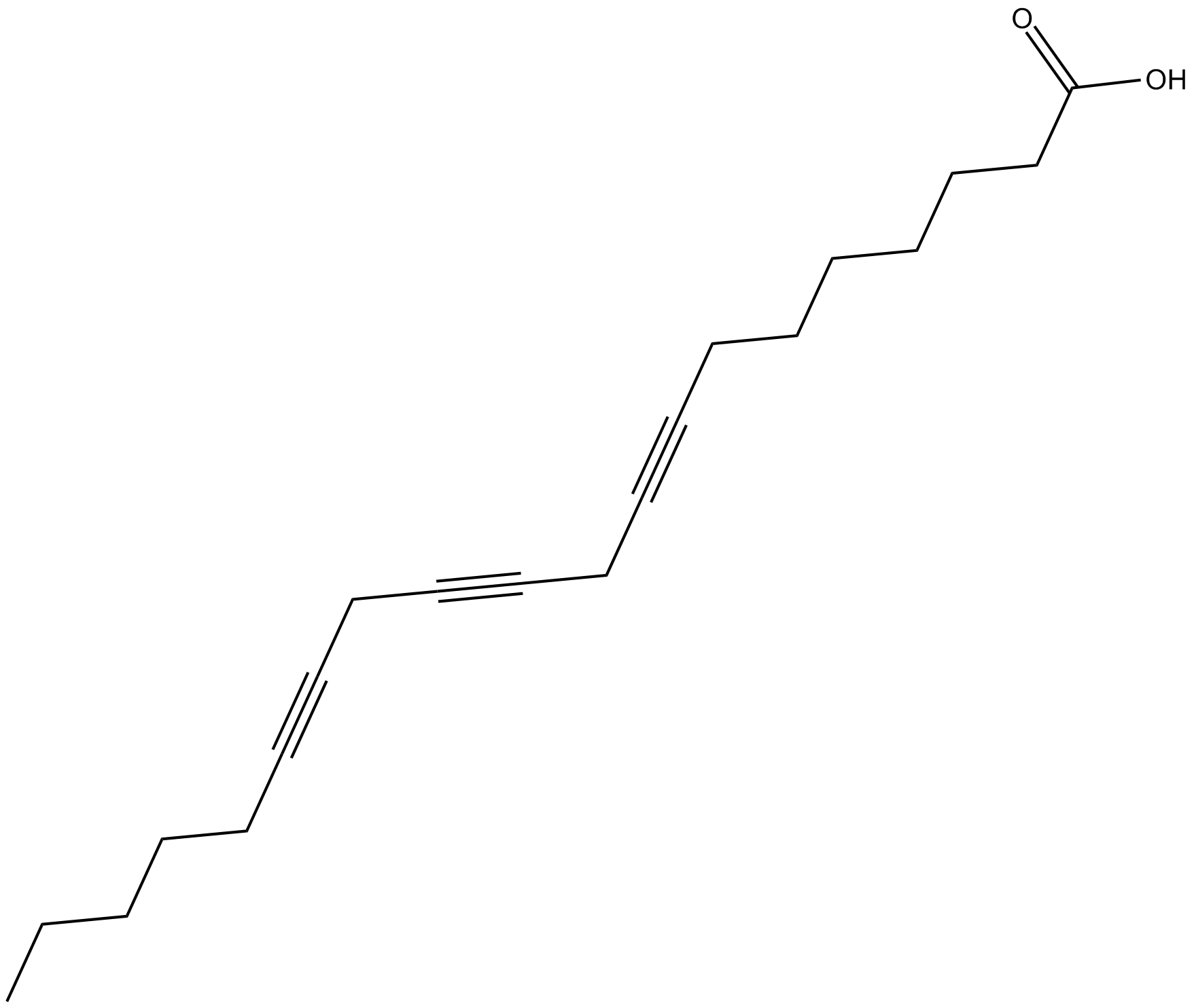Neuroscience

Neurotransmitter receptors function via various G-protein coupled and G-protein independent mechanisms that activate downstream intracellular signaling pathways such as cAMP/PKA, PI3K/AKT, phospholipase A2, and phospholipase C pathways. For instance, dopamine receptors act through adenylate cyclase to activate PKA and other signaling molecules, thereby mediate gene expression through the actions of CREB and other transcription factors. Other neurotransmitters such as NMDAR or AMPAR are associated with ion channels that control flux of Ca2+ and Na+, thus propagating the action potential across the post-synaptic neuron.
Dysfunctions in GABAergic/glutamatergic/serotonergic/dopaminergic pathways result in a broad range of neurological disorders such as chronic pain, neurodegenerative diseases, and insomnia, as well as mental disorders including schizophrenia, bipolar disorder, depression, and addiction.
-
 B2251 NaratriptanTarget: 5-HT1 ReceptorSummary: selective 5-HT1 receptor subtype agonist
B2251 NaratriptanTarget: 5-HT1 ReceptorSummary: selective 5-HT1 receptor subtype agonist -
 B6706 UBP1112Summary: group III mGlu receptor antagonist
B6706 UBP1112Summary: group III mGlu receptor antagonist -
 B6843 NemonaprideSummary: dopamine D2-like receptor antagonist
B6843 NemonaprideSummary: dopamine D2-like receptor antagonist -
 B7026 4-Methylhistamine dihydrochlorideTarget: Histamine H4 ReceptorsSummary: H4 receptor agonist
B7026 4-Methylhistamine dihydrochlorideTarget: Histamine H4 ReceptorsSummary: H4 receptor agonist -
 C4947 N-(3-hydroxyphenyl)-Arachidonoyl amideSummary: selective, irreversible inhibitor of COX-2
C4947 N-(3-hydroxyphenyl)-Arachidonoyl amideSummary: selective, irreversible inhibitor of COX-2 -
 B2250 LY310762Summary: 5-HT1D receptor antagonist
B2250 LY310762Summary: 5-HT1D receptor antagonist -
 B6679 (S)-3,4-DCPGSummary: mGlu8a agonist
B6679 (S)-3,4-DCPGSummary: mGlu8a agonist -
 B6837 A 77636 hydrochlorideSummary: Agonist of D1-like dopamine receptor,potent and selective
B6837 A 77636 hydrochlorideSummary: Agonist of D1-like dopamine receptor,potent and selective -
 B7017 Immethridine dihydrobromideSummary: histamine H3 receptor agonist
B7017 Immethridine dihydrobromideSummary: histamine H3 receptor agonist -
 C4940 8,11,14-Eicosatriynoic AcidSummary: A Cox, 12-LO, and 5-LO inhibitor
C4940 8,11,14-Eicosatriynoic AcidSummary: A Cox, 12-LO, and 5-LO inhibitor

